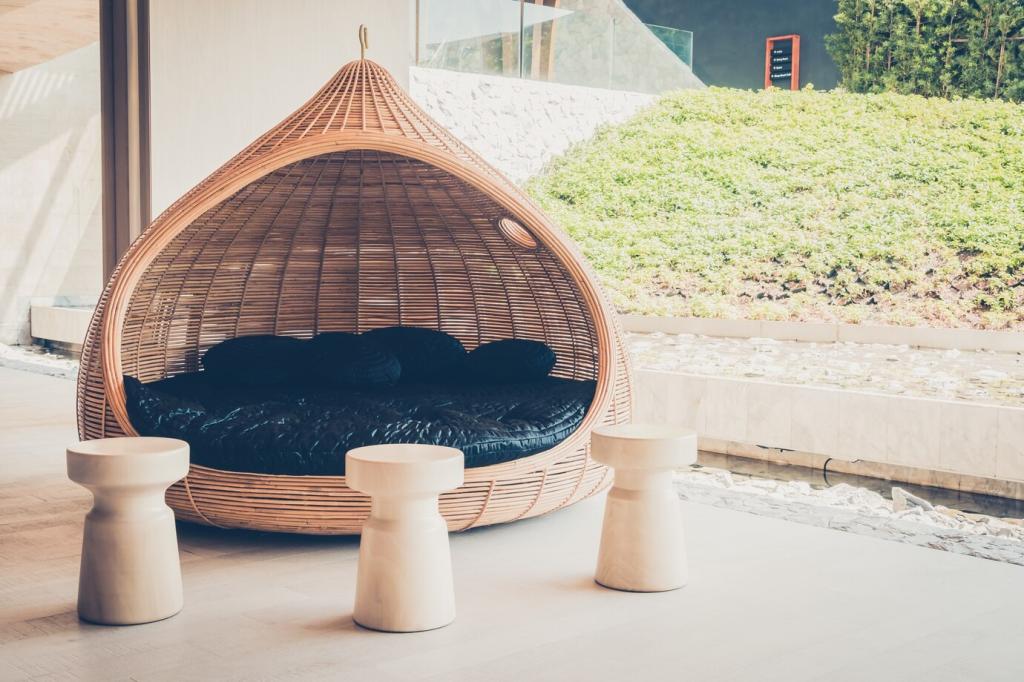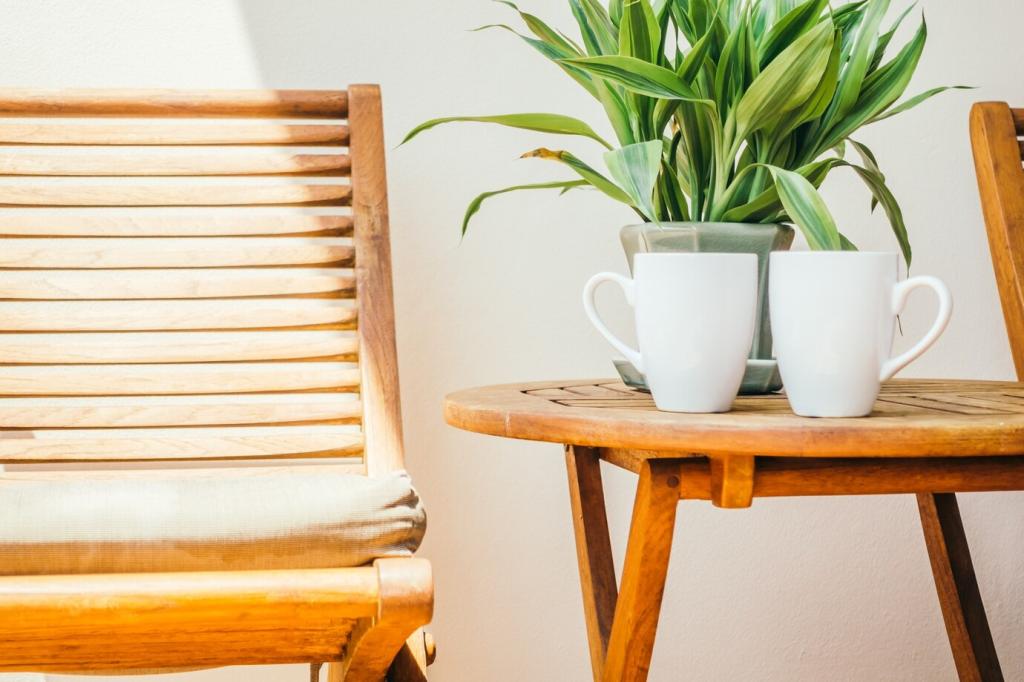Eco-Cleaning: Effective Methods with a Light Footprint
Mix a few drops of gentle, pH-neutral soap in warm water for routine cleaning. Avoid ammonia and bleach—they strip finishes. Share your exact ratios, favorite biodegradable soaps, and drying methods to prevent moisture from settling into seams or joints.
Eco-Cleaning: Effective Methods with a Light Footprint
Test in an inconspicuous area to check for color lift or haze. Work in sections and dry immediately. Comment with lessons learned from accidental over-wetting, so newcomers avoid swelling, raised grain, or the dreaded cloudy finish after cleaning.



